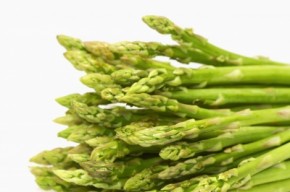Easy ways to increase your veggie intake
Research shows that most Australians are not getting enough vegetables in on a daily basis. Why is it dietitians (and other health professionals) are always harping on about them? They are low in energy, and rich in nutrients and fibre, so one of the best bets for helping you live the healthiest life you can.
See below for my favourite ways to increase your veggie intake, without even trying:
- Include in breakfast as well. So often people skip including veggies in the first meal of the day. Whether it is including these with your eggs in the morning, or sticking with trends and including a veggie juice to start your day, this is a great time to get a nutrient boost in your day.
- 'Hide' them in meals. For some reason, some people don't like to feel as though they are eating too many vegetables. Hide them in pasta sauce, or chop up finely and include in burger patties (meat or vegetarian versions), chop up cauliflower to use as 'mash', or use eggplant instead of pasta in your mash
- Make them more available. Aiming for 50% of your intake to be vegetables at your main meals is a great way to go. Always having access to easy to add in, easy to prepare options will mean it is easier for you to include them. If this means doing a big shop at the start of the week where you stock up, or doing a couple of smaller shops, whatever suits you better. Struggle to get to the shops? Load your freezer with frozen options, or get them delivered. Easy, right?
- Include as snacks. Snow peas, carrots, celery, green beans, cucumber, capsicum... I could go on. These are just some of the vegetables that work really well as a snack. 10 snow peas equals just 50kJ (12Cal). For weight loss, we are aiming for 420kJ (100Cal) for a snack, making it easy to fill up on something that is convenient, low in energy and feels as though there was a large amount of food eaten.
How do you include your veggies?
Chloe McLeod is a dietitian at BJC Health.
This blog focuses on diet & nutrition generally and diet & nutrition in relation to the treatment of arthritis and arthritis-related diseases. Contact us if you’d like our help in managing diet-related health issues.

